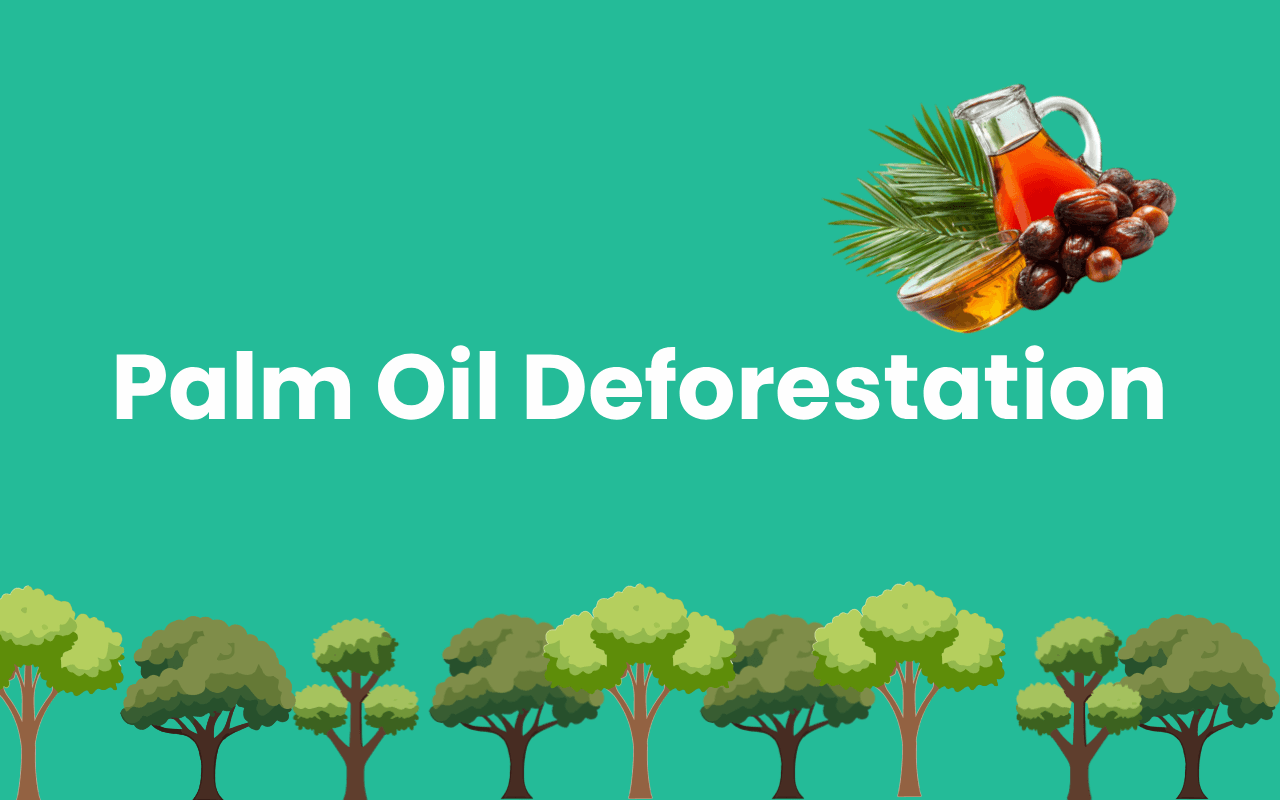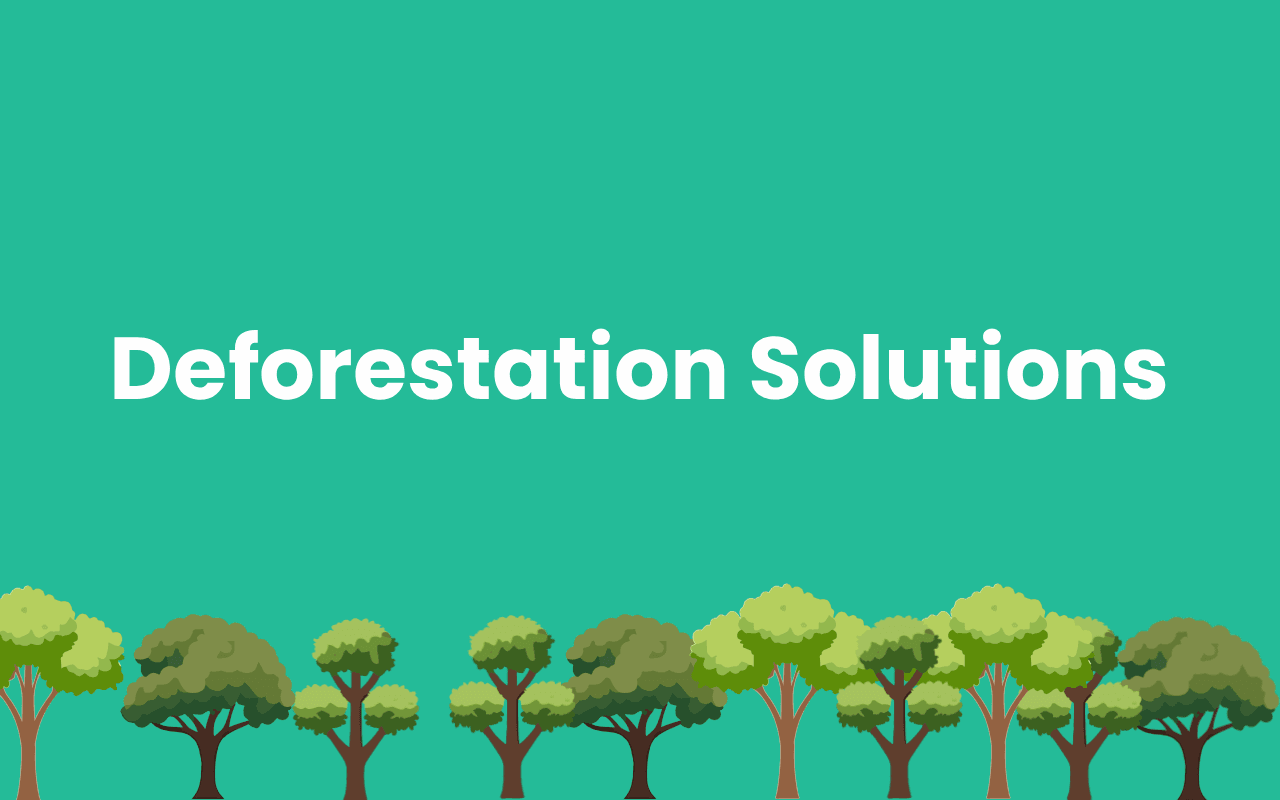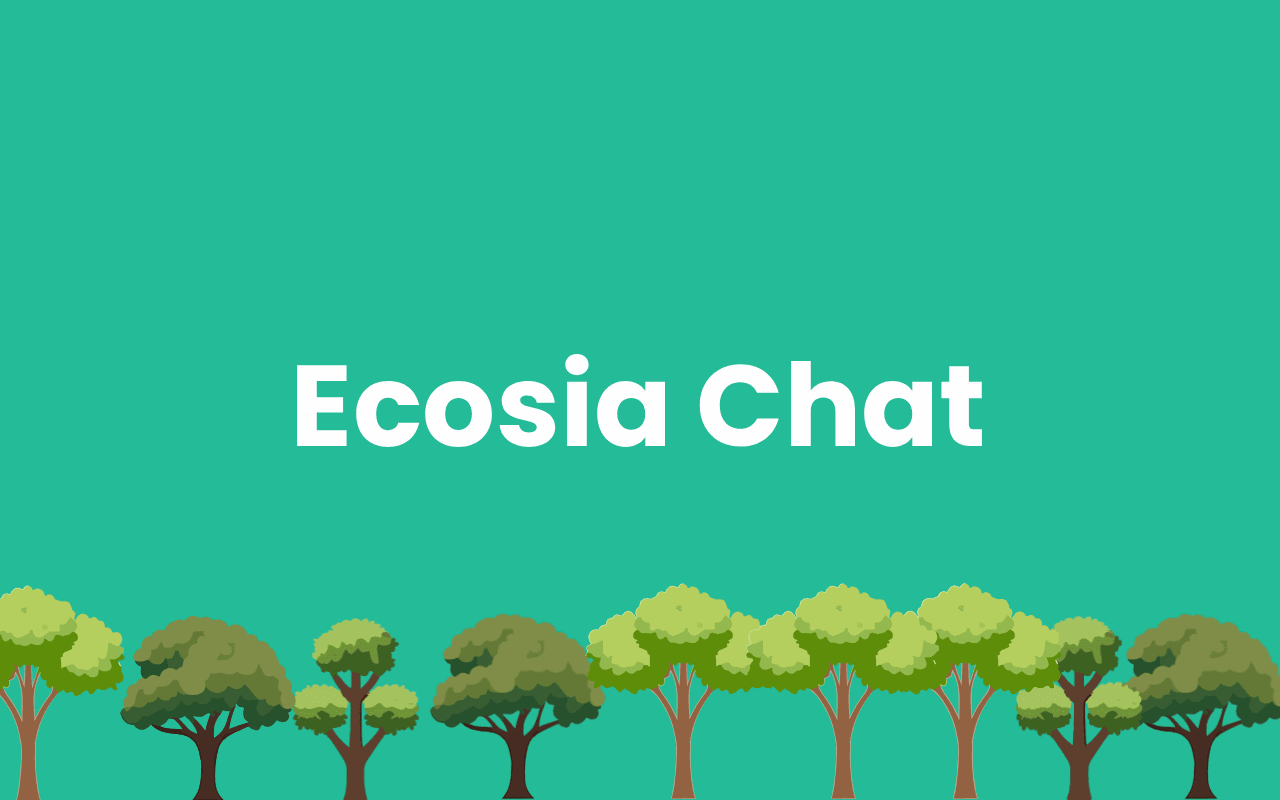
Does Ecosia Actually Plant Trees?
Ecosia, the search engine that pledges to plant trees with user-generated ad revenue, has become a popular eco-friendly alternative to Google. But does it deliver on its promise? Let’s examine the evidence, supported by data from IdleForest Analytics.
How Ecosia’s Tree-Planting Model Works
Ecosia directs at least 80% of its surplus income to tree-planting initiatives worldwide. Users contribute by performing searches: roughly 45 searches fund one tree. The company partners with local organizations to establish projects that prioritize environmental and social impact, such as food forests in Ethiopia and Acacia Senegal plantations in Sudan.
Key mechanisms include:
Revenue reinvestment: Loans are provided to partners for infrastructure (e.g., nurseries), which are repaid and reused for further planting.
Community-centric design: Projects focus on empowering local populations, such as women’s collectives gaining financial independence through tree products like gum Arabic.
Verifying Tree Survival and Impact
Ecosia emphasizes long-term sustainability. Trees are selected for ecological and economic value—such as fruit-bearing or carbon-sequestering species—to incentivize communities to protect them. For example, one Ecosia tree can sequester ~64 kg of CO₂ over 20 years.
To ensure accountability, Ecosia collaborates with third-party monitors like 44.moles, which uses laser scanning and AI to assess forest health. In Tanzania, their analysis revealed that 5 of 8 sites had healthy growth, while others were advised to diversify species for greater resilience. Carbon storage metrics are also tracked, with adjustments made to optimize sequestration.
Transparency and Challenges
Ecosia publishes monthly financial reports and tree-planting receipts. IdleForest Analytics provides additional insights

:
Total Income: Ecosia has generated €204,276,390 in total income.
Trees Financed: The platform has financed the planting of 254,745,101 trees.
Tree Surplus: A tree surplus highlights the difference between funds allocated for planting versus other expenses, currently at 75.70%.
Distribution of expenses, as shown on the IdleForest dashboard, breaks down as follows:
Tree Planting: €60,207,432.72
Green Investments: €26,249,857
Operational Costs: €42,424,510
Taxes: €36,081,166
Marketing: €16,680,029
Total Tree Fund: €15,945,150
Ecosia's projects span diverse geographic locations and serve multiple ecological and social purposes. Some examples include:
Brazil: Planting native trees in the Atlantic Forest to restore biodiversity.
Burkina Faso: Supporting farmer-managed natural regeneration to combat desertification.
Spain: Reforesting areas affected by wildfires to promote ecosystem recovery.
Madagascar: Planting mangrove trees to protect coastal ecosystems and support local livelihoods.
For specific project details, you can visit Ecosia’s official project page.
However, challenges persist:
Survival rates: While not explicitly stated in available data, survival likely depends on project design. For instance, Sudan’s Acacia Senegal project employs 60 women, linking tree care to livelihoods.
Scalability: With over 254 million trees financed, scaling requires balancing speed and ecological integrity.
Why Trust Ecosia?
Third-party validation: Partnerships with groups like 44.moles provide objective ecosystem assessments.
Dual benefits: Projects address poverty and environmental degradation, as seen in Ethiopia, where tree income funded children’s education.
Takeaway
So as a final takeaway we can definitely say: Yes, Ecosia does actually plant trees! Not only that, it makes sure that as many trees as possible survive.



